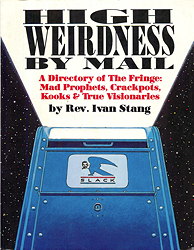Patents
The Electric Hairbrush and Comb of Hugo Gernsback
One of the fathers of modern science fiction once came up with this.Tip o' the hat to Steve Davidson, current proprietor of Amazing Stories.
Full patent here.
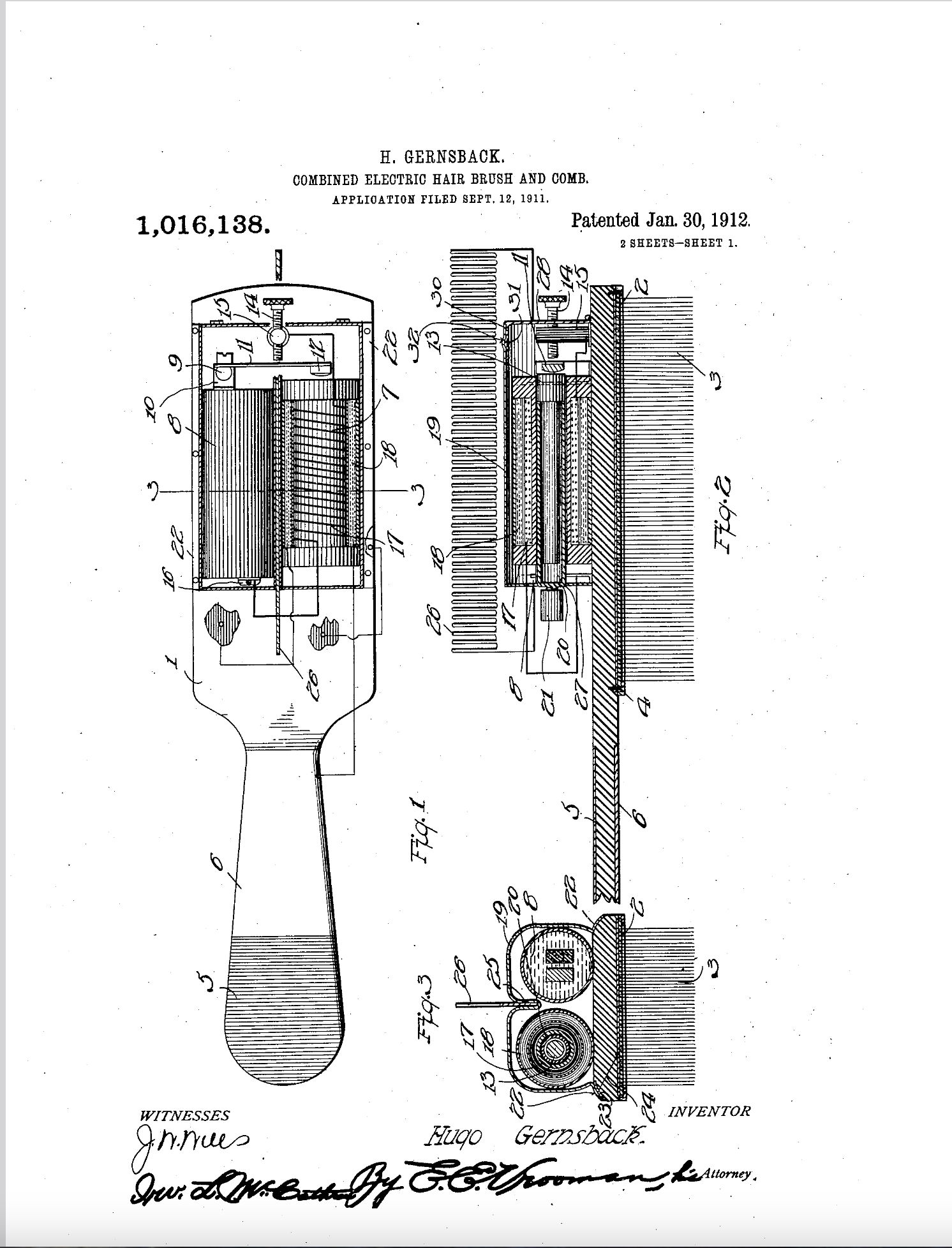
Posted By: Paul - Wed Dec 27, 2023 -
Comments (0)
Category: Magazines, Patents, Science Fiction, 1910s, Hair and Hairstyling
Vegiforms
Back in the 1980s, Richard Tweddell III invented a way to grow vegetables into shapes such as faces, hearts, pop bottles, etc. by using plastic molds. As he wrote: "Just plant regular seeds in your garden, in the usual way. When the young vegetable forms, place it into the two part plastic mold and watch it grow to fill the mold. That's all there is to it."I don't know why his invention never caught on. If I had a vegetable garden, I'd use them. But perhaps the idea of vegetables shaped like small human heads didn't appeal to enough people.
More info: archived vegiforms website, Tweddell's obituary, vegiform patent

Tweddell with a vegiform


Posted By: Alex - Tue Dec 12, 2023 -
Comments (4)
Category: Horticulture and Gardens, Patents, Vegetables
Telescoping Fish Knocker
Not being a fisherman or sportsman of any sort, I had no idea until now that there existed a special tool for whacking your caught fish on the noggin: the fish knocker or fish bat. You can buy a variety of modern ones, as seen here. But I like the patent on a collapsible model.Full patent here.
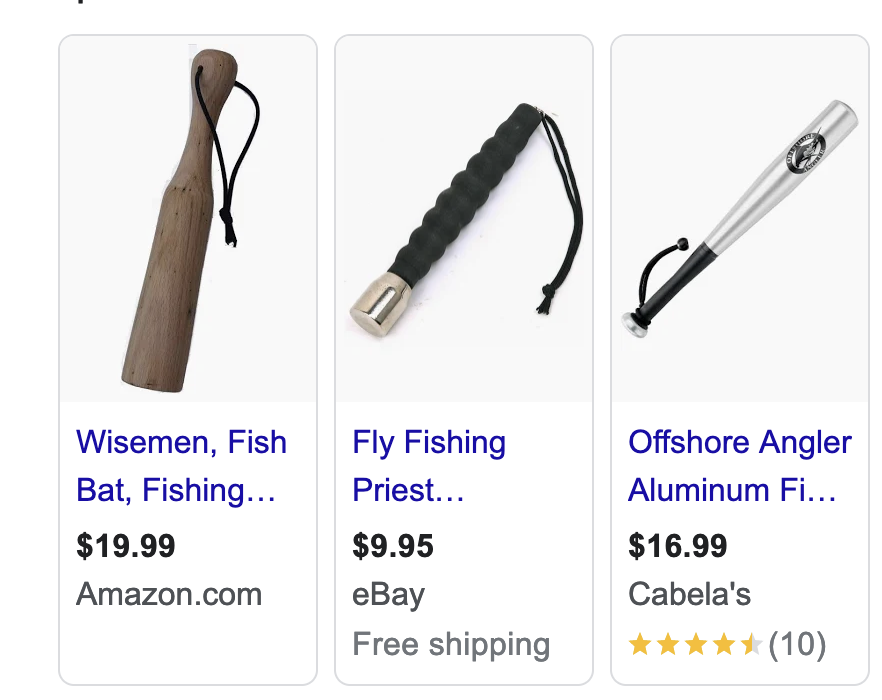
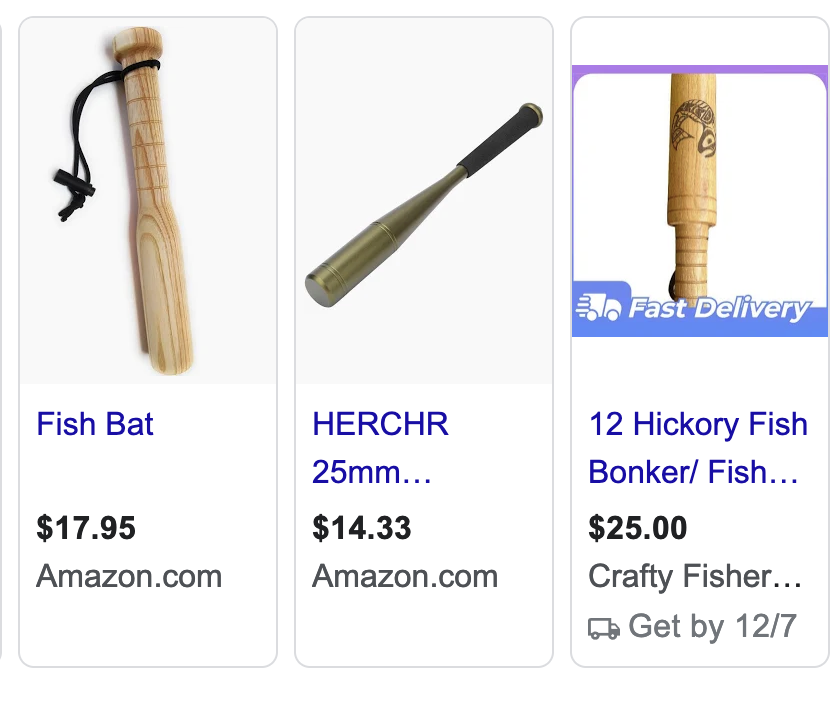
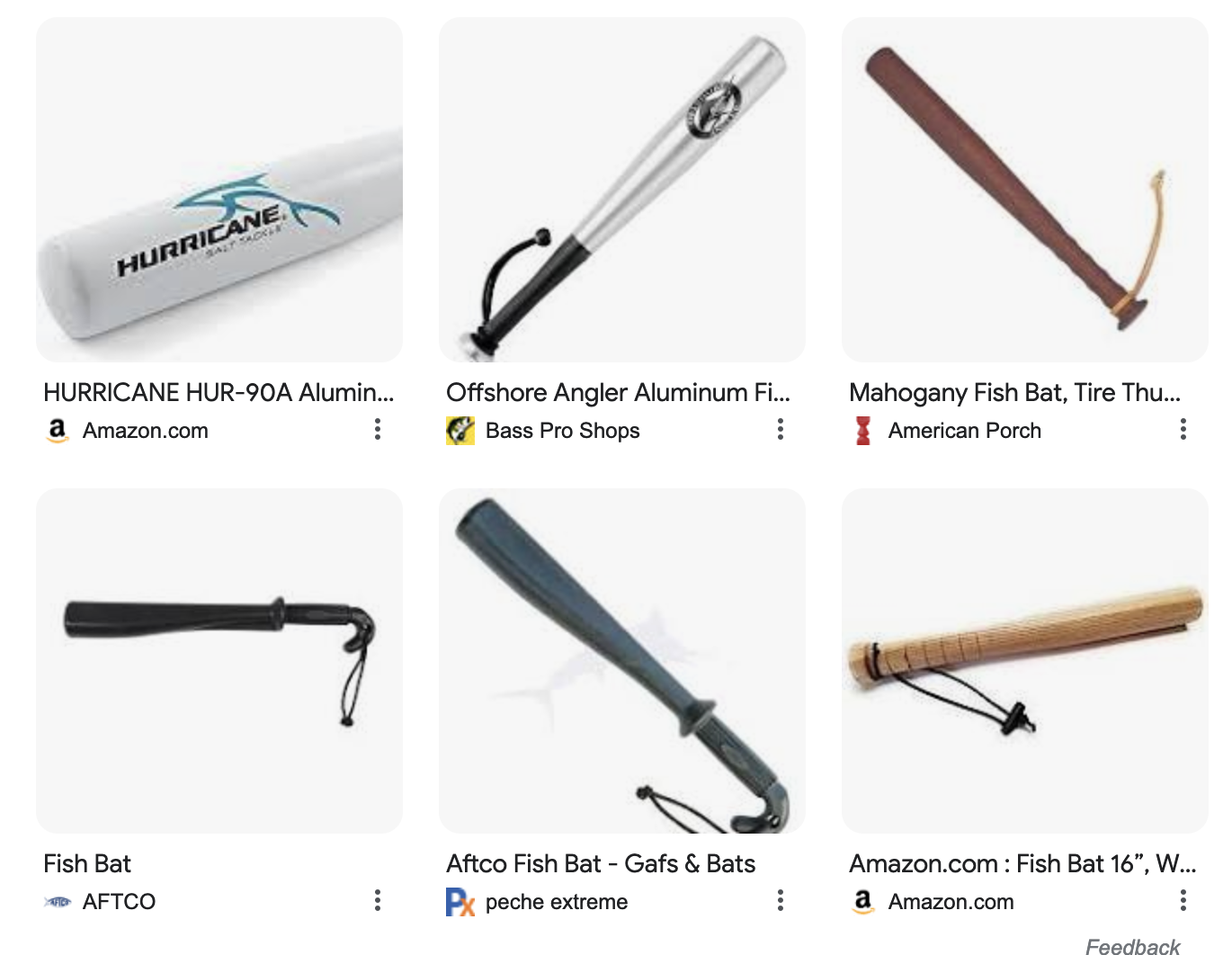
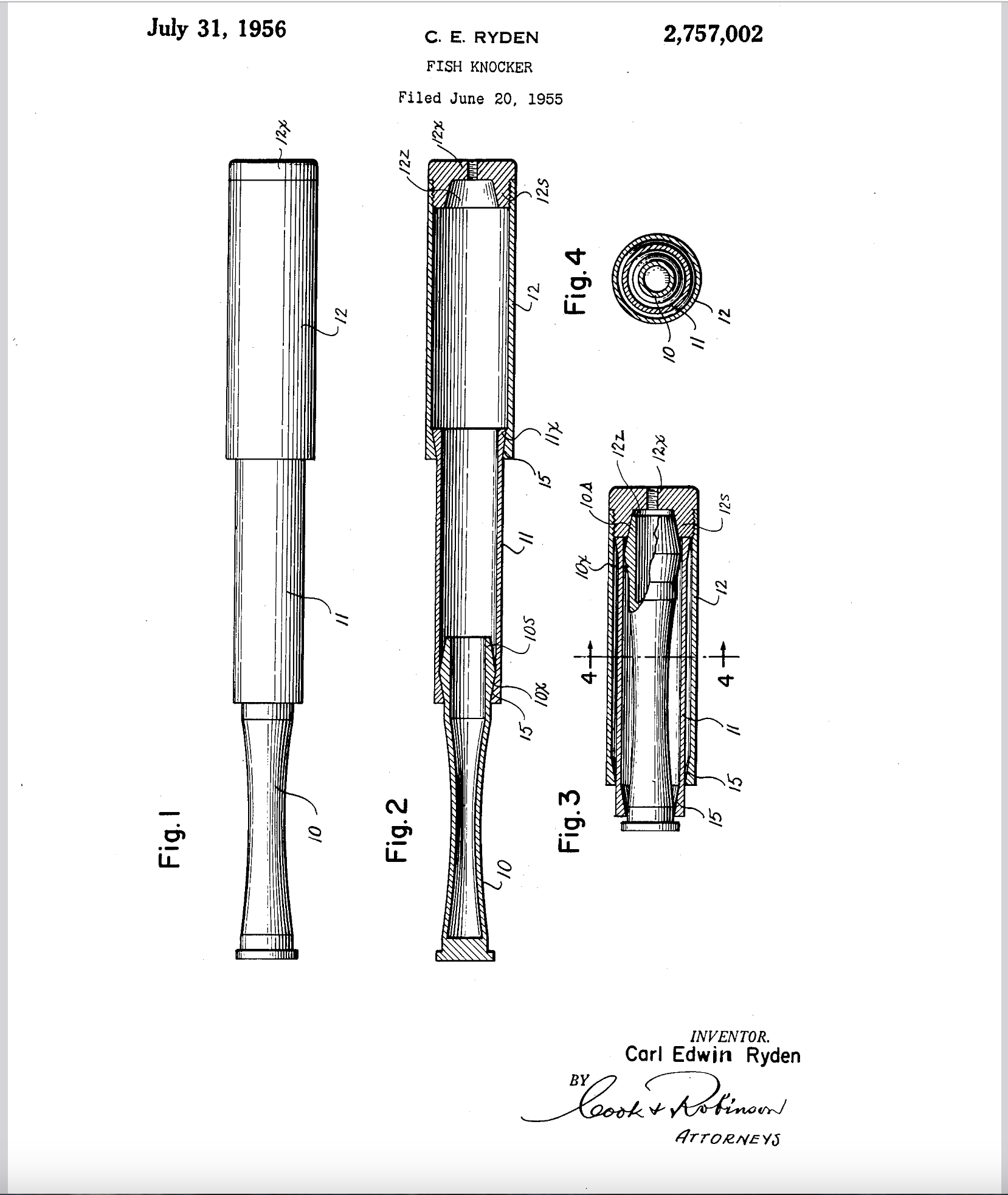
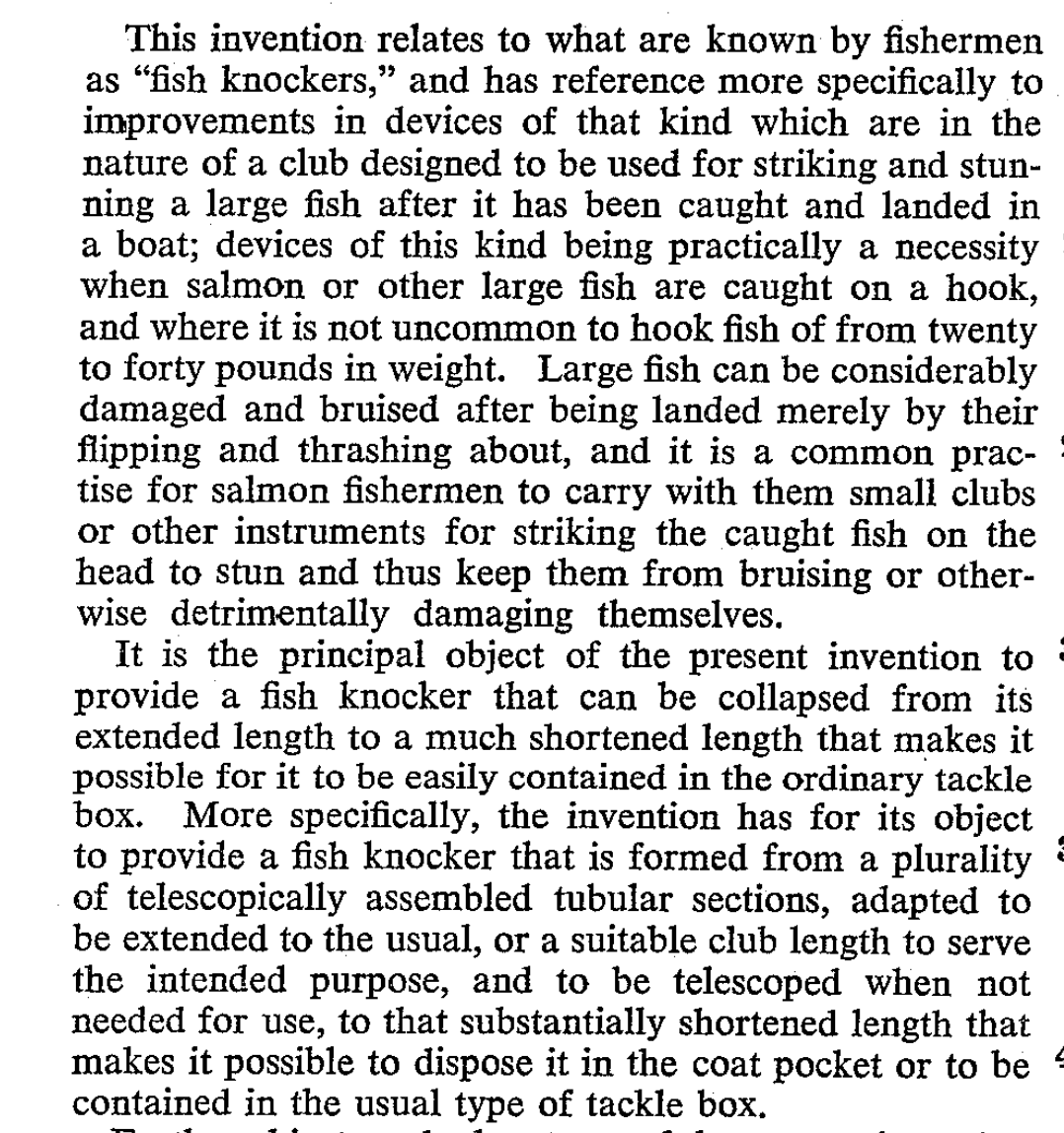
Posted By: Paul - Sat Dec 02, 2023 -
Comments (6)
Category: Sports, Tools, Lakes, Ponds, Rivers, Streams, Swamps and Other Bodies of Fresh Water, Patents, 1950s
Dog Collar with Decorative Tie
When you want to bring your dog to the office, he or she must be properly dressed in a business-like manner.Patent here.
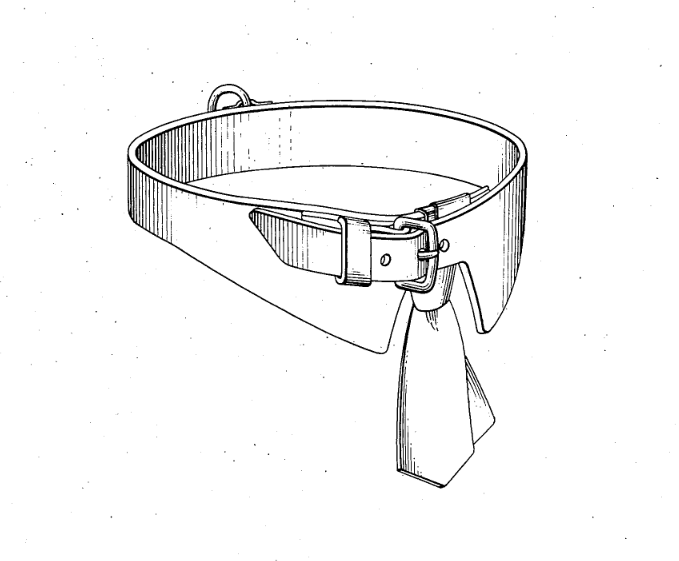
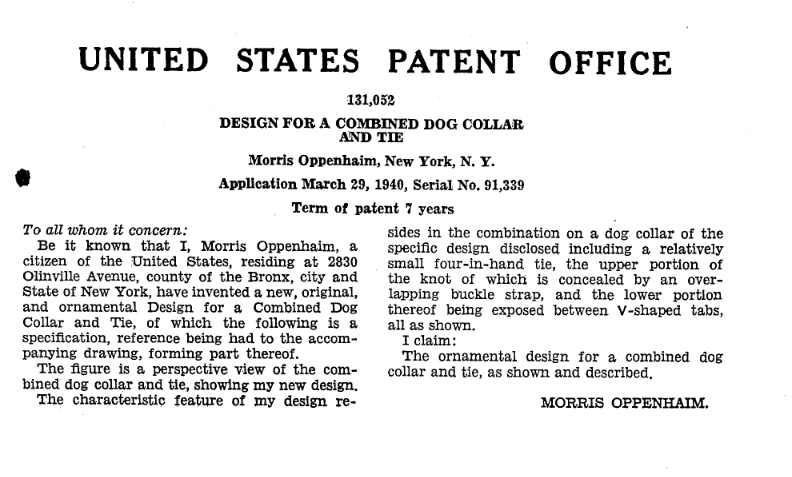
Posted By: Paul - Mon Nov 27, 2023 -
Comments (1)
Category: Business, Fashion, Patents, Dogs, 1940s
A system for climbing vertical surfaces
The French patent office granted Raymond Saulnier a patent in 1951 for "a system for climbing vertical surfaces." A British patent followed in 1952.Saulnier had come up with a way to allow vehicles, or even people, to climb vertical surfaces without the aid of ropes. His insight was that climbing any slope is essentially a problem of adhesion. If a force stronger than gravity is pushing you against the slope, then you won't slide down. And that adhesive force could be supplied by the downward pressure of propellors or jet nozzles.

Of course, powering propellors or jet nozzles requires a lot of energy. So Saulnier imagined powering them with compressed air supplied by a tube from the ground. He suggested that firefighters, among others, might find his system useful for scaling the sides of buildings.
I've never seen a prototype of Saulnier's invention in action. But when I was in Target the other day, I noticed a Sharper Image-branded toy named the "Gravity Rover" that "climbs from floor to wall to ceiling." It occurred to me that this was Saulnier's invention transformed into a toy.
It's a pretty cool toy, but based on videos of it, extremely loud.

Posted By: Alex - Sun Nov 26, 2023 -
Comments (0)
Category: Technology, Toys, Patents
Speed Mask for Swimmers
From what I can gather, Calvin Gongwer is legendary for his inventions in the world of ocean swimming. But his speed mask doesn't seem to have gained a following.
(left) Popular Mechanics - Dec 1968; (right) Ottawa Citizen - July 25, 1968

Posted By: Alex - Mon Nov 13, 2023 -
Comments (0)
Category: Swimming, Snorkeling, and Diving, Patents
Device to Cure Ingrown Toenail
This torture apparatus surely looks to provide worse pain than the malady it purports to cure. A metal hook goes under the toenail itself and yanks it up, whereupon it is strapped into position for permanent wear.Full patent here.
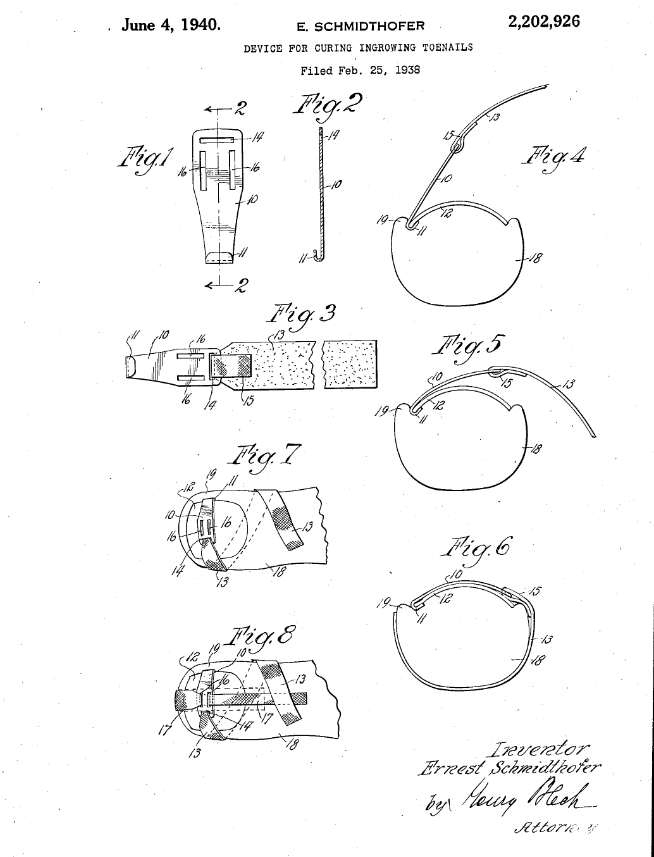
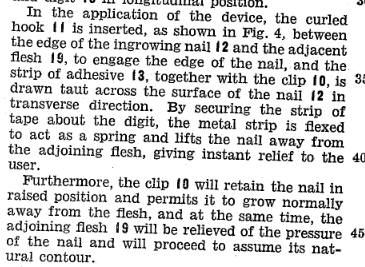
Posted By: Paul - Wed Nov 08, 2023 -
Comments (4)
Category: Inventions, Patents, 1940s, Diseases, Feet
Rain-Making Device
Full patent here.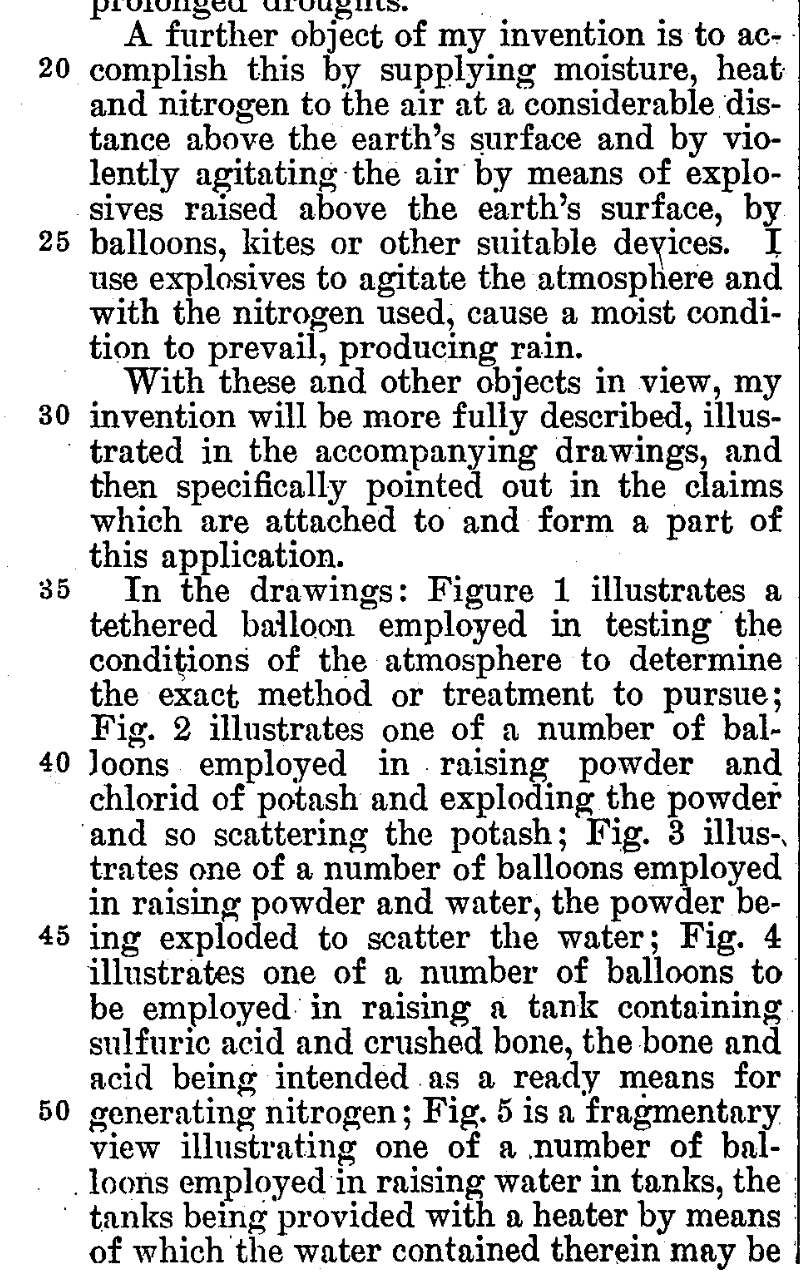
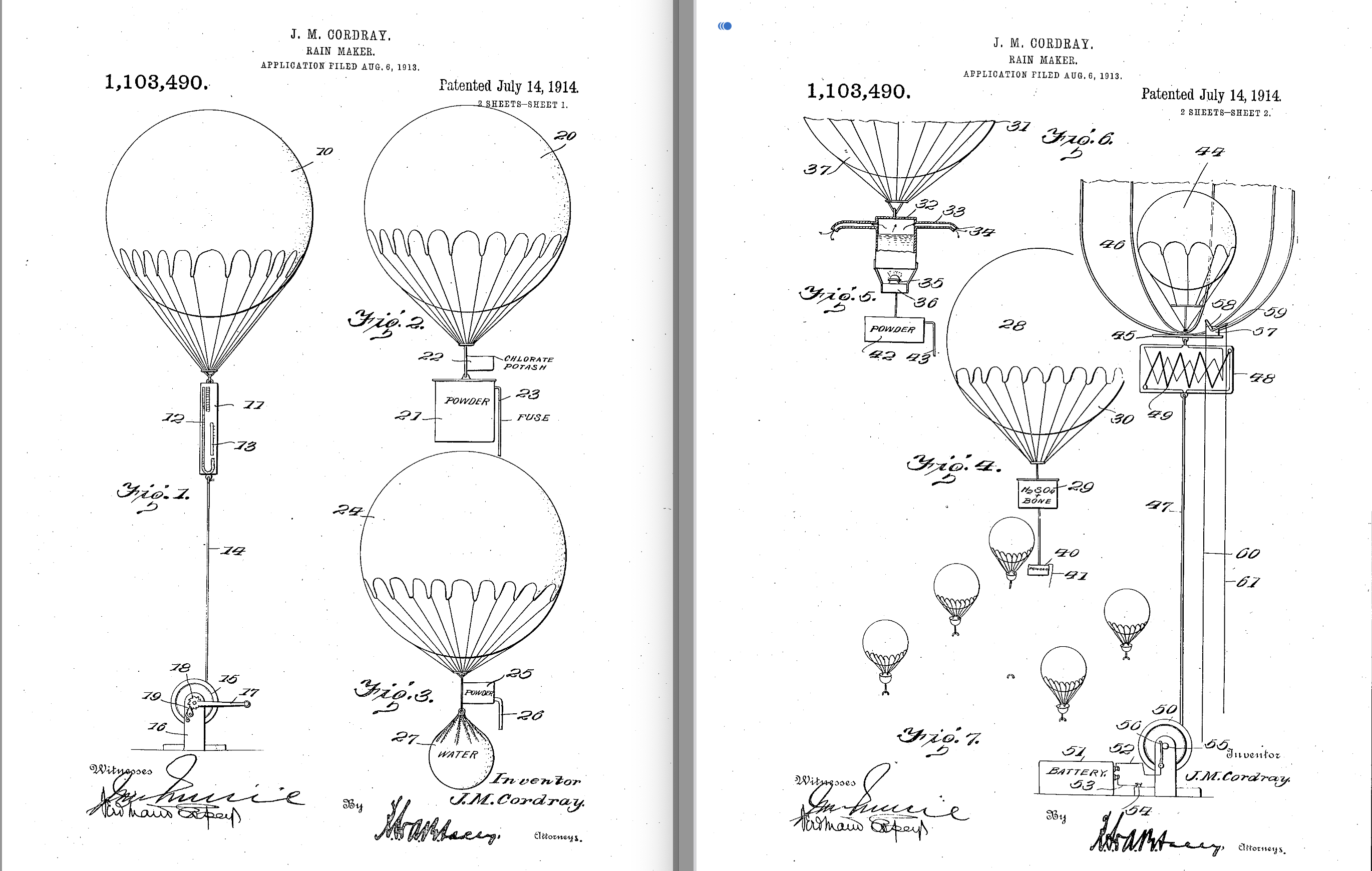
Posted By: Paul - Tue Oct 17, 2023 -
Comments (0)
Category: Inventions, Patents, 1910s, Weather
Combination Pillow and Crash Helmet
"The device thus formed is useful as a courtesy pillow for the comfort of airline passengers, and doubles as a crash helmet which may be put over the head of the passenger when he is forewarned of an impending crash landing."More info: Patent No. 3,538,508

Posted By: Alex - Sat Sep 23, 2023 -
Comments (0)
Category: Patents, Air Travel and Airlines, 1970s
Suction-Cup Scalp Nipples for Holding a Wig in Place
The illustration shows adhesive anchoring, but he does say suction cups are an option!Full patent here.
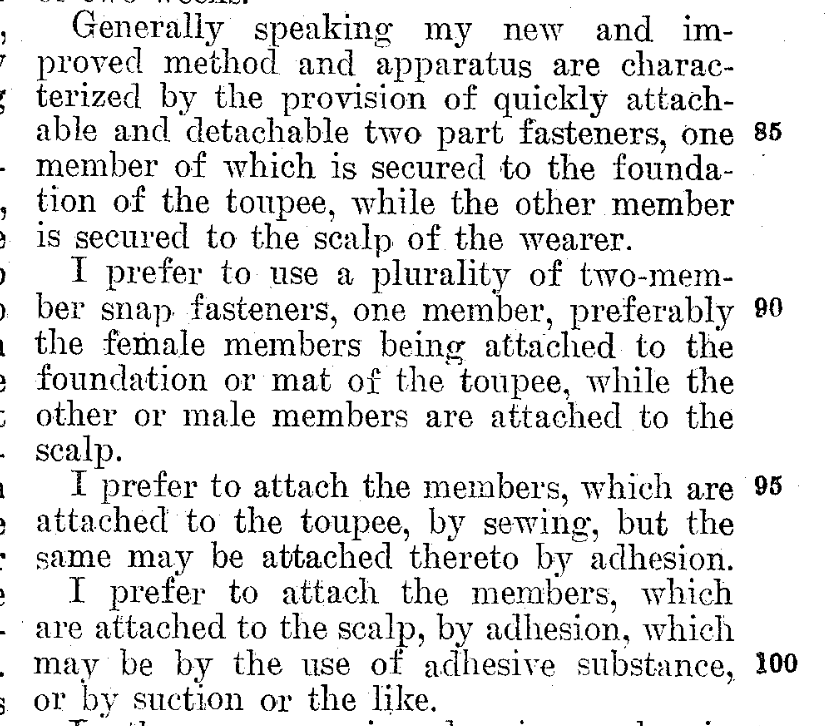
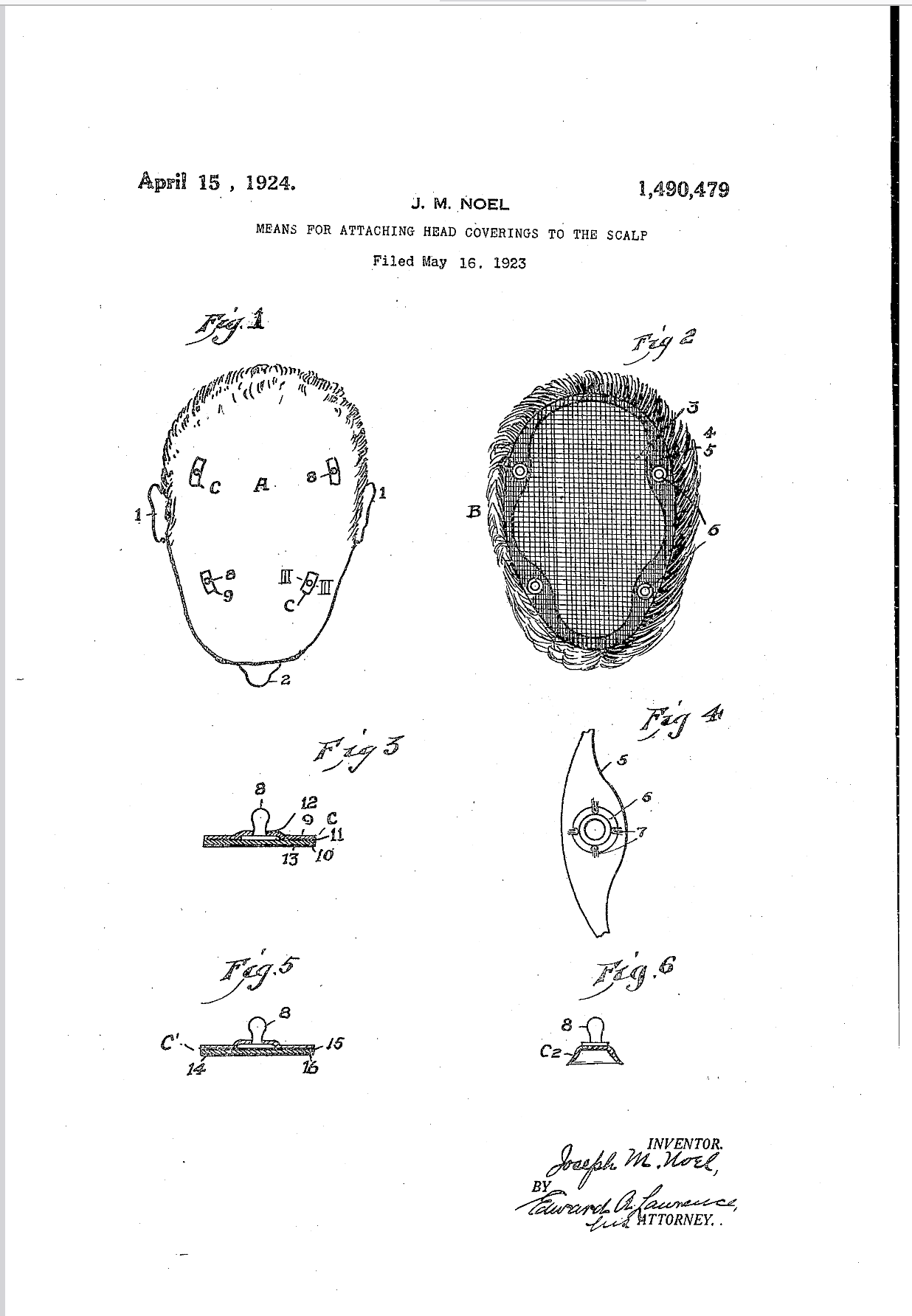
Posted By: Paul - Wed Sep 20, 2023 -
Comments (0)
Category: Wigs, Hairpieces, Fake Eyelashes, Implants, and other Prosthetics, Patents, 1920s, Head

| Who We Are |
|---|
| Alex Boese Alex is the creator and curator of the Museum of Hoaxes. He's also the author of various weird, non-fiction, science-themed books such as Elephants on Acid and Psychedelic Apes. Paul Di Filippo Paul has been paid to put weird ideas into fictional form for over thirty years, in his career as a noted science fiction writer. He has recently begun blogging on many curious topics with three fellow writers at The Inferior 4+1. Contact Us |



